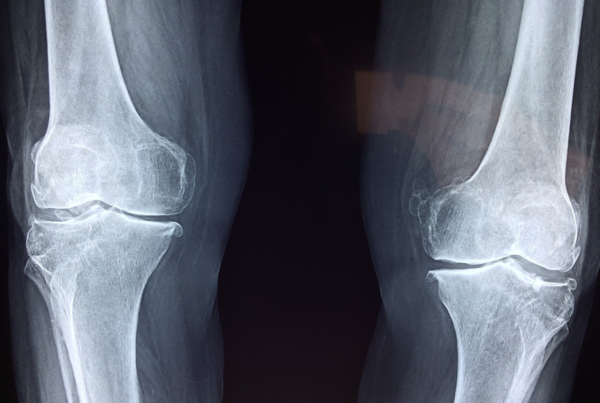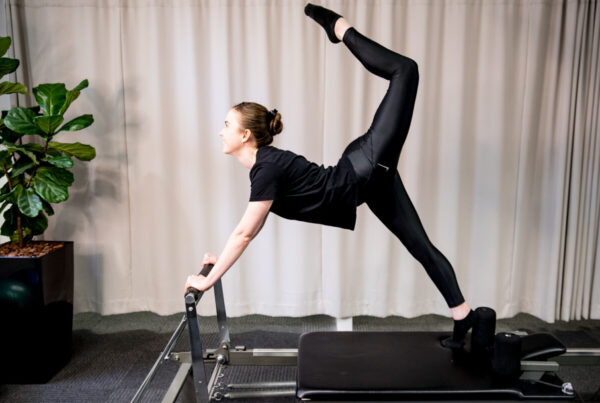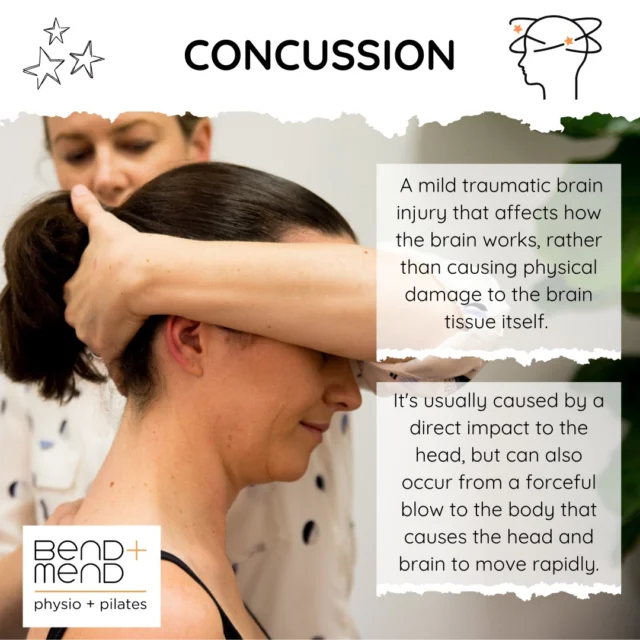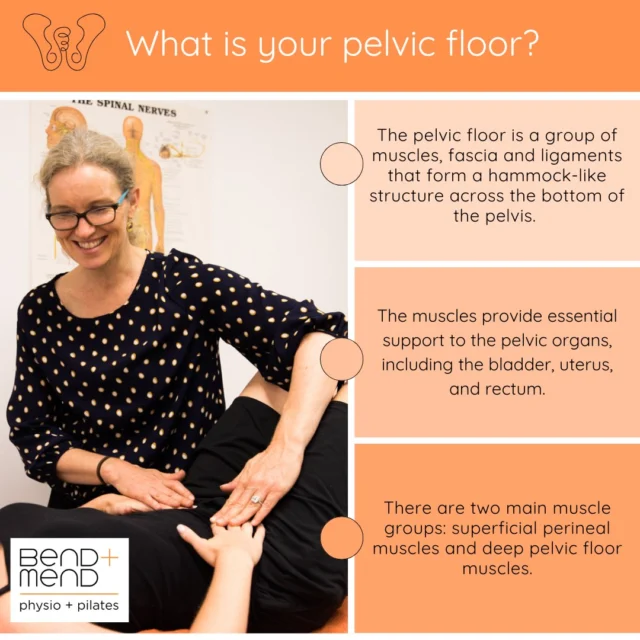The term ‘overuse injury’ is common and for runners (and triathletes, cyclists and more) this broadly covers the common things that ail us- tendon pain, knee pain, stress fractures and so on. All are problems that simply appear in the course of training without a sudden accident.
It seems right that “overuse” must be risky, and the traditional doctrine was that too much running causes injuries.
But does it?
A new research paper from the Australian Institute of Sport and a study from the NRL illustrate that it’s not how much training you do that’s important, but how your training load changes that determines injury risk. Some propose that we stop using the term “overuse injuries” for this reason, in favour of saying “training errors.” While hearing about your errors from a know-it-all Physio (such as myself!) is probably smug and annoying, I can see what they’re getting at.
This notion, that injury stems from changes in running not the amount of running, isn’t very new and makes sense when you hear it. But we seem to overlook it quite easily. My patients are often surprised when they get injured during a period when their training has been interrupted (by work, illness or holiday) because they felt they’re hardly running at all compared to other times. Or you might have wondered how it is that so-and-so from your office manages to run huge amounts all year and get off scot free!
So if we are to shift our focus onto changes in training load, how can we do that?
You may have heard of the old guideline which was to only increase your training (eg. running mileage) by no more than 10% per week. This is a decent guide and is suitably cautious, though can be hard to make sense of in practice. Particularly if you have a bad week where you can’t train at all; what then?
A better focus is your Acute:Chronic Workload Ratio which is a measurement used in elite sport. This compares the workload of your most recent week to the rolling average of the last four weeks. If this week you run 30km (acute load) but the honest average of the last four weeks (chronic load) is 20km, then your ratio is 1.5. The ratio represents risk on a sliding scale with 1.1 being a safe ratio (same as the 10% rule), 1.5 being a moderate risk and 2.0 or above being clearly a high risk.
Again this probably sounds sensible, and I’m sure few runners would deliberately double their mileage. But keeping your acute: chronic ratio in mind will help you reduce common training errors.
TOP TIPS:
- If something disrupts your training, adjust! If you’re coming back from illness or holiday, don’t go straight back to your “usual” mileage because even though this amount isn’t high, your ratio will be.
- On the flip side, if you’re not fussed about training at the moment and feel a rest is a good idea before you get serious again later, you should keep up some training! This is the time to maintain your condition and thus prevent risky increases later on.
- Remember to get good advice as there are always considerations to make based on the particulars of your injury and your sport. Good luck!
If you are someone who has any form of niggling pain with running, or you would simply like to know how to improve your performance, book an appointment at our Sydney CBD Physio clinic with Blake or Ben to get the most out of your running. We are located in both Martin Place and Barangaroo – King Street Wharf.








Thanks Blake for an informative article! It’s very timely as I am now getting back into exercising. Instead of jumping back into what I used to be able to do when I was fitter, I now have a good guideline for how fast I can build up my exercises.
Great to hear from you Hideko. I’m very glad you found this helpful.
Good on you for putting some thought into your exercise planning and I hope that you enjoy the process of getting back into it.
Feel free to email me if you have a particular question. Otherwise, take care and best of luck!